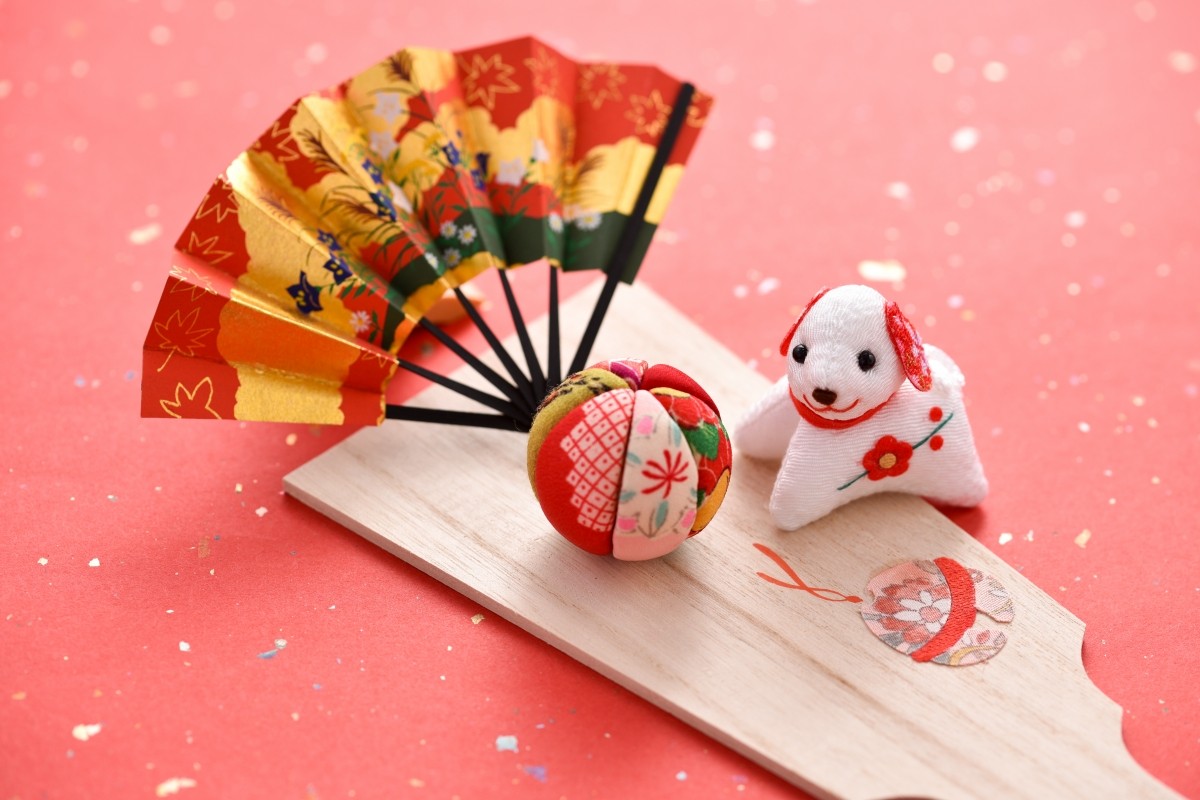
Japan has long cherished its four distinct seasons, with winter being no exception. The unique culture tied to this cold season is deeply rooted in tradition. Let’s introduce 50 iconic "Winter Symbols" of Japan.
Japan’s Winter Symbols: Nature
Snow
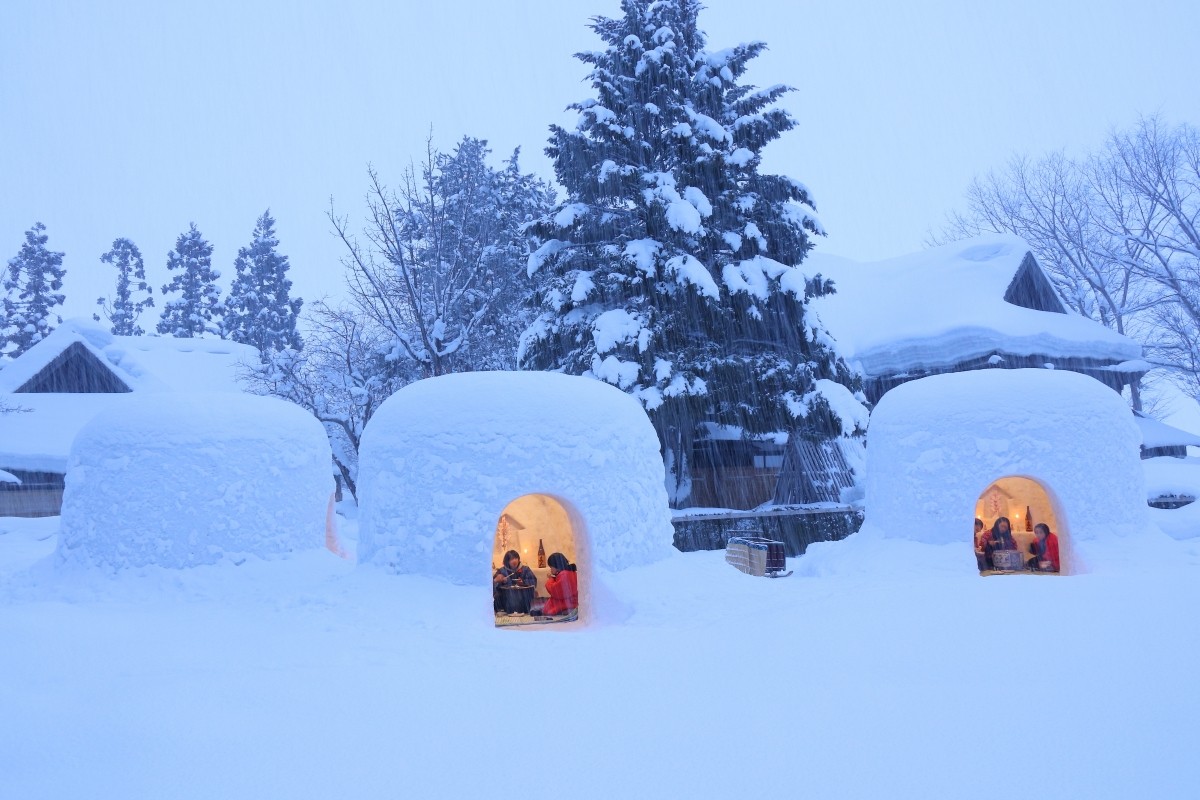
In Japan, snow forms when water from the Sea of Japan is transformed into snowflakes. Winds blowing from the Asian continent create snow clouds that drop snow along the Sea of Japan coast. A popular winter sight in snowy regions is the "Kamakura," a snow structure with a hollow inside, where traditionally a water deity is enshrined. On the other hand, the Pacific side of Japan, blocked by mountain ranges, experiences clear skies and dry weather as the snow clouds dissipate.
Drift Ice

As spring approaches, drift ice travels down to the coast of the Sea of Okhotsk in Hokkaido. It journeys about 1,000 km from the mouth of the Amur River in Russia. Abashiri, Shiretoko, and Monbetsu in Hokkaido are famous spots to witness this natural phenomenon.
Rime Ice (Juhyo)

"Rime ice" refers to trees covered in ice, formed when supercooled water droplets hit the branches and instantly freeze. This natural phenomenon occurs under specific weather conditions in areas like Zao, Yamagata Prefecture, where the combination of unique vegetation and climate creates these ice sculptures. These frozen wonders are also known as "Snow Monsters" and can be observed from late December to late February.
Winter General (Fuyu Shogun)
In winter, the term "Winter General" often appears in weather forecasts, sometimes accompanied by illustrations of a general in armor on weather maps. This metaphorical term refers to the harsh cold of winter, particularly when powerful cold air from Siberia flows into Japan, bringing severe winter conditions.
Koharu Biyori (Indian Summer)
During late autumn to early winter, a warm and calm sunny day is referred to as "Koharu Biyori." Despite the name, which translates to "Little Spring Weather," it does not refer to spring but to an unusually warm day during the transition to winter. "Koharu" is an old name for the 10th month of the lunar calendar.
Japan’s Winter Symbols: Flowers
Camellia (Tsubaki)
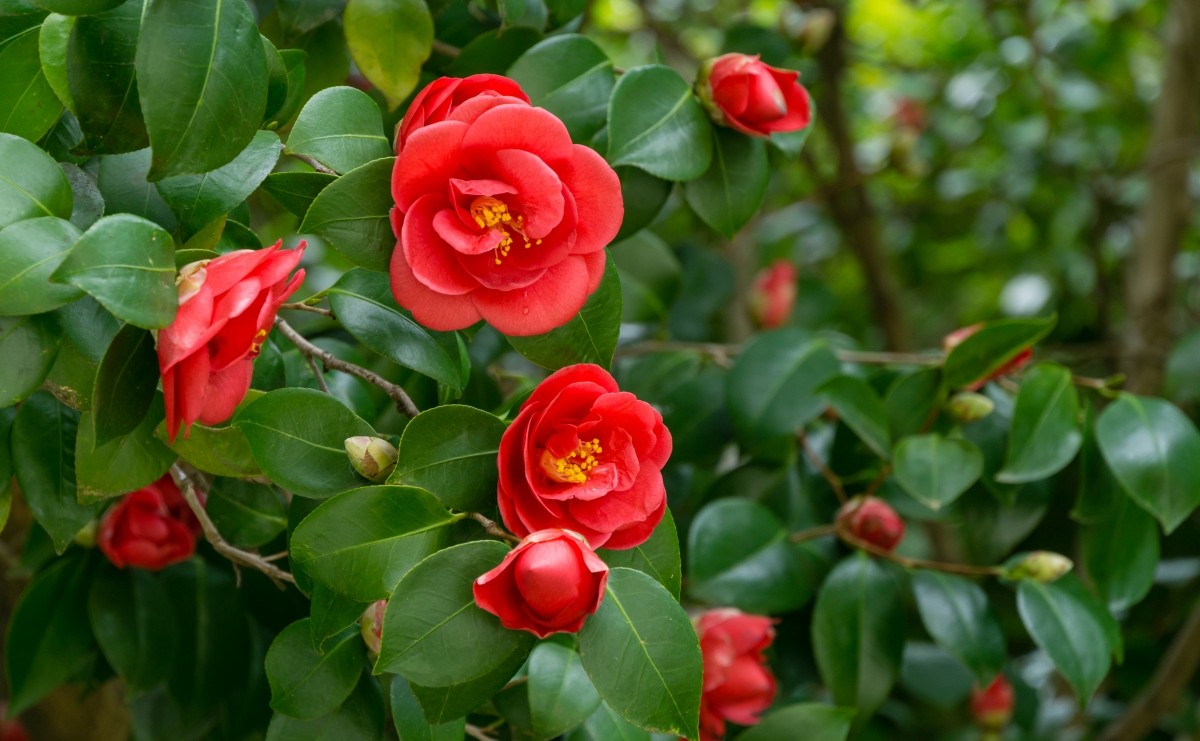
The camellia, known worldwide for its beauty, has been cherished in Japan since ancient times, as recorded in historical texts such as the "Nihon Shoki" and "Manyoshu." Even in the biting cold of winter, camellias bloom brightly in red, pink, or white, symbolizing endurance and vitality. Because of this, camellias are considered lucky flowers.
Sasanqua (Sazanka)
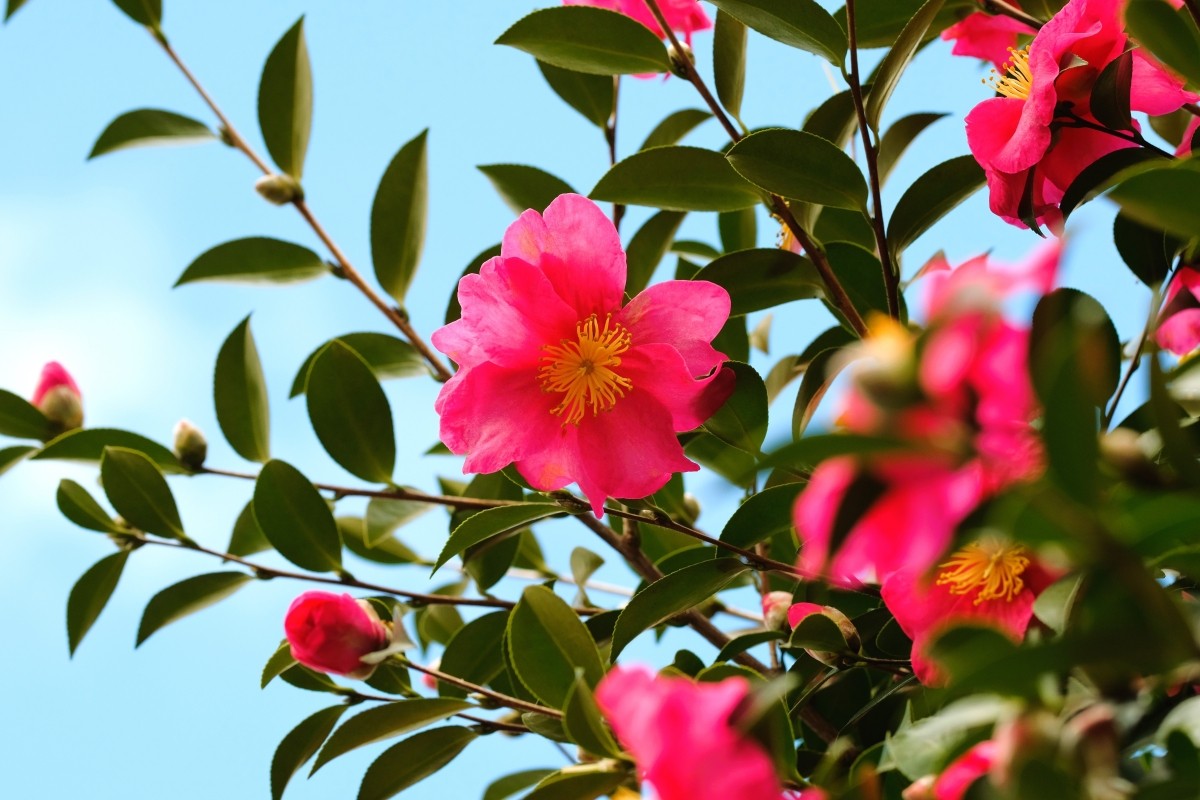
The sasanqua resembles the camellia but produces slightly smaller blooms. Native only to Japan, this tree begins to flower earlier, around October, just before the camellia. In Japan, sasanquas are familiar to many, as they are mentioned in the famous children's song "Takibi" (Bonfire).
Plum (Ume)
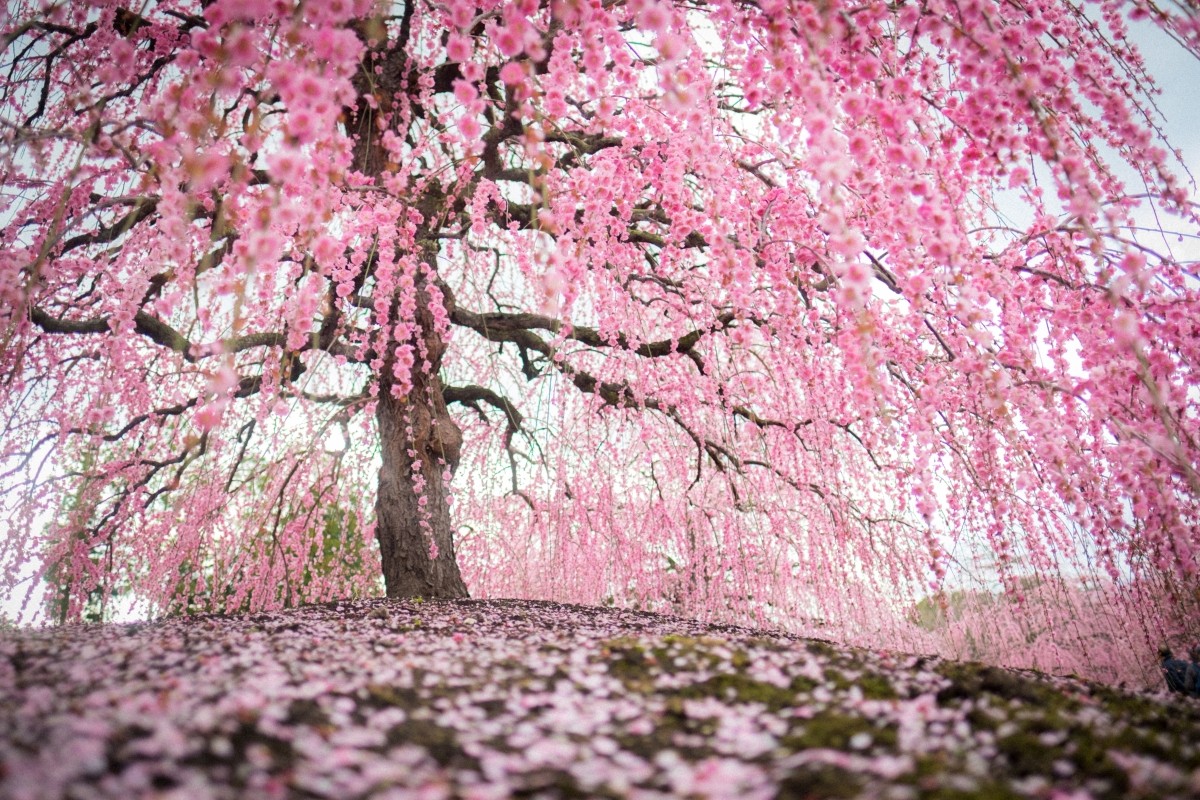
As the cold begins to ease in February, plum blossoms start to bloom across Japan. Introduced from China 1,500 years ago for medicinal purposes, plum blossoms are still a beloved part of Japanese life today. After the flowers fade, the fruit is harvested and preserved to make umeboshi (pickled plums) and umeshu (plum wine).
Japan’s Winter Symbols: Festivals and Events
Kadomatsu & New Year Decorations

Kadomatsu, traditional pine decorations placed at the entrances of homes, are part of Japanese New Year customs. These decorations welcome the Toshigami, the god of the new year who brings happiness and prosperity. Kadomatsu and other New Year decorations are set up to ensure blessings for the coming year.
Snow Festivals
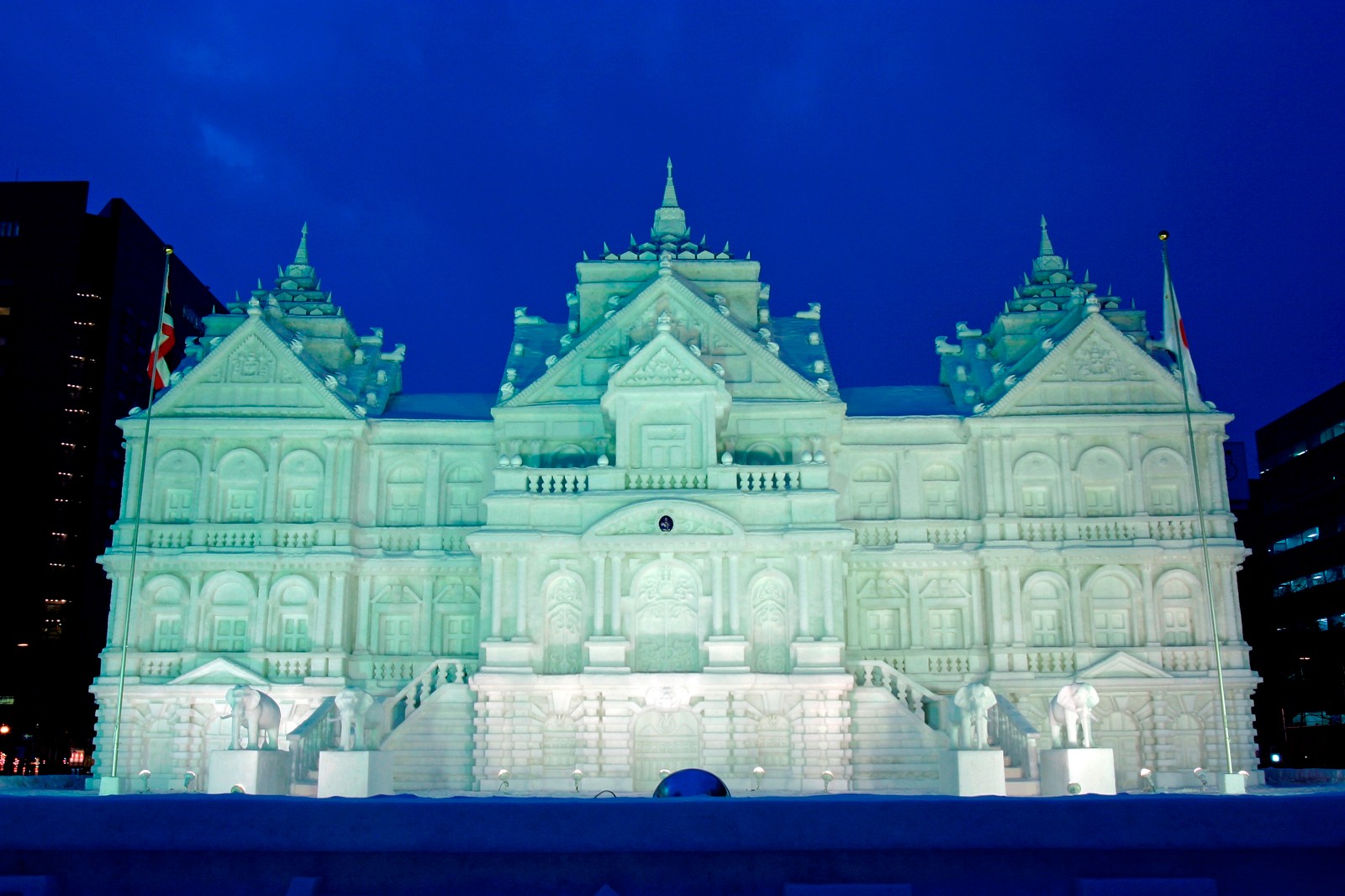
In winter, snow festivals are held across Japan, particularly in regions like Hokkaido and Tohoku. The most famous is the Sapporo Snow Festival, held for about a week every February. The city center becomes adorned with stunning snow sculptures, ranging from delicate figures to massive structures. These awe-inspiring snow creations draw tourists from all over the world.
Daruma Markets
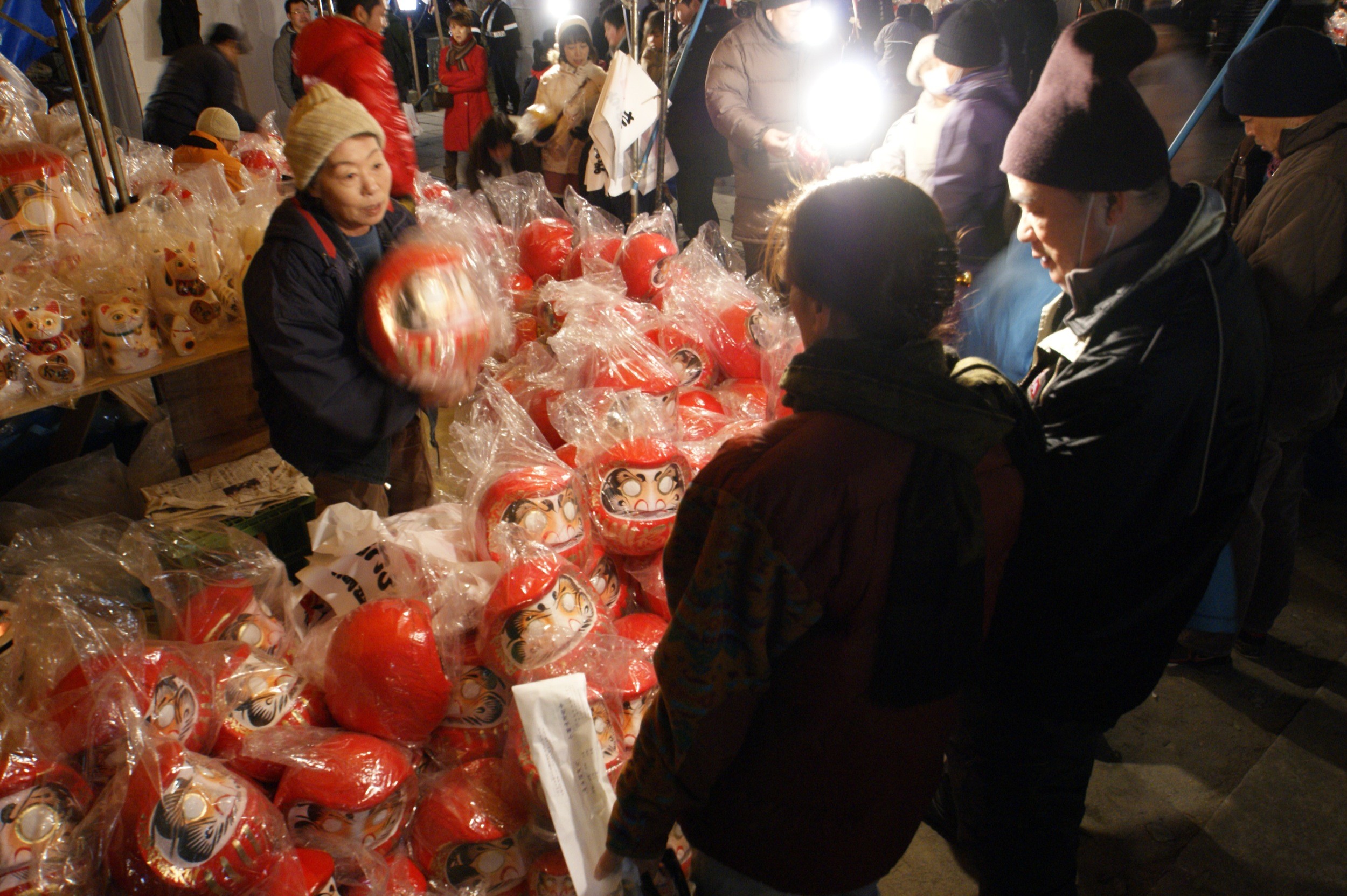
Daruma are traditional Japanese dolls symbolizing good fortune and perseverance. Representing the face of a monk who spread Buddhism from India to China, daruma are sold at daruma markets across Japan. One of the most famous markets is the Takasaki Daruma Market, held in Gunma Prefecture on January 1st and 2nd, making it one of the earliest daruma markets in the country.
Hagoita Market
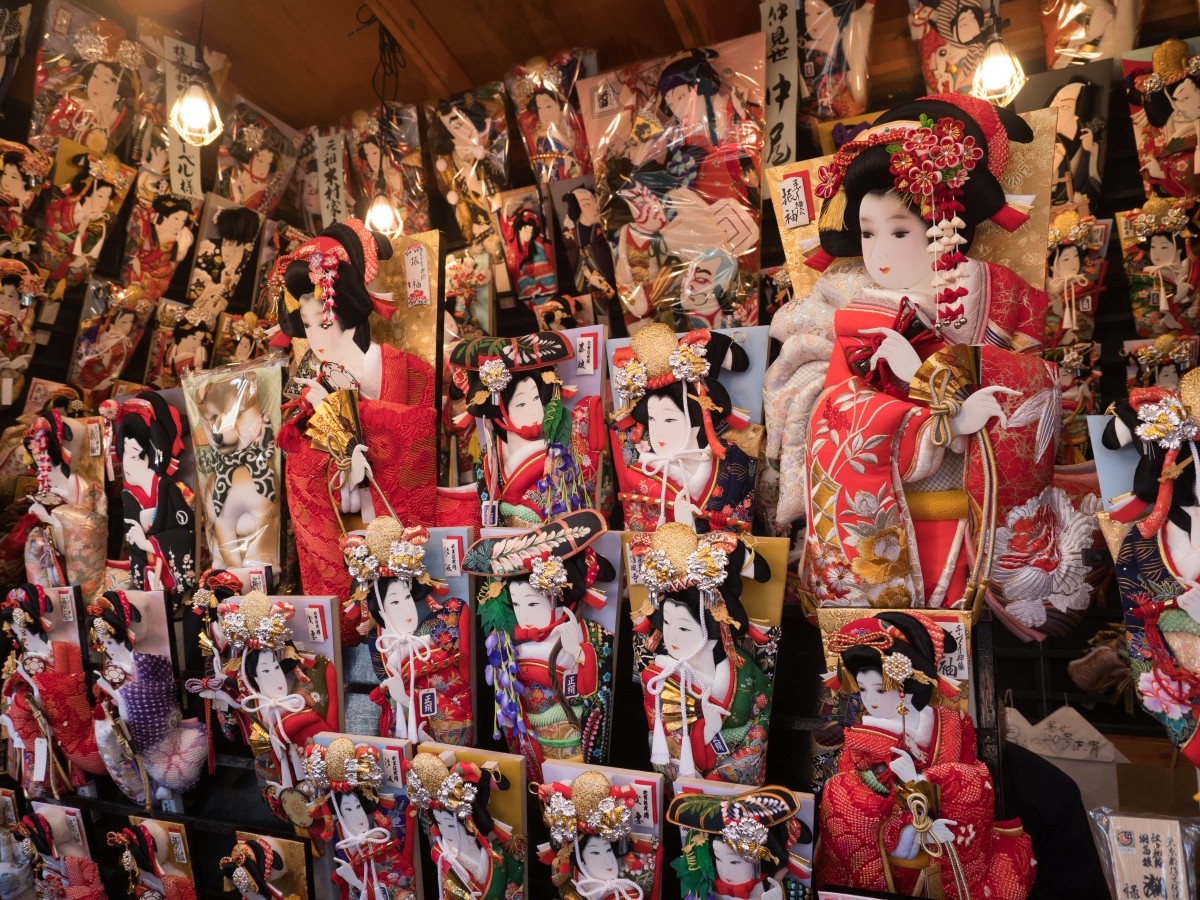
The hagoita is a decorative paddle traditionally displayed during the New Year to ward off evil and wish for the health of young girls. Every December, Asakusa Temple in Tokyo hosts the Hagoita Market, where elaborately decorated paddles featuring kabuki actors or women in traditional furisode kimonos are sold at various stalls.
Namahage Sedo Festival

On New Year’s Eve, the Namahage tradition takes place on the Oga Peninsula in Akita Prefecture. Young men dressed as fierce demons with masks and straw clothing go from house to house, scolding laziness and bringing blessings. The Namahage Sedo Festival showcases this intense, awe-inspiring performance as the namahage dance in celebration while driving away misfortune.
Mountain Burning (Yamayaki)
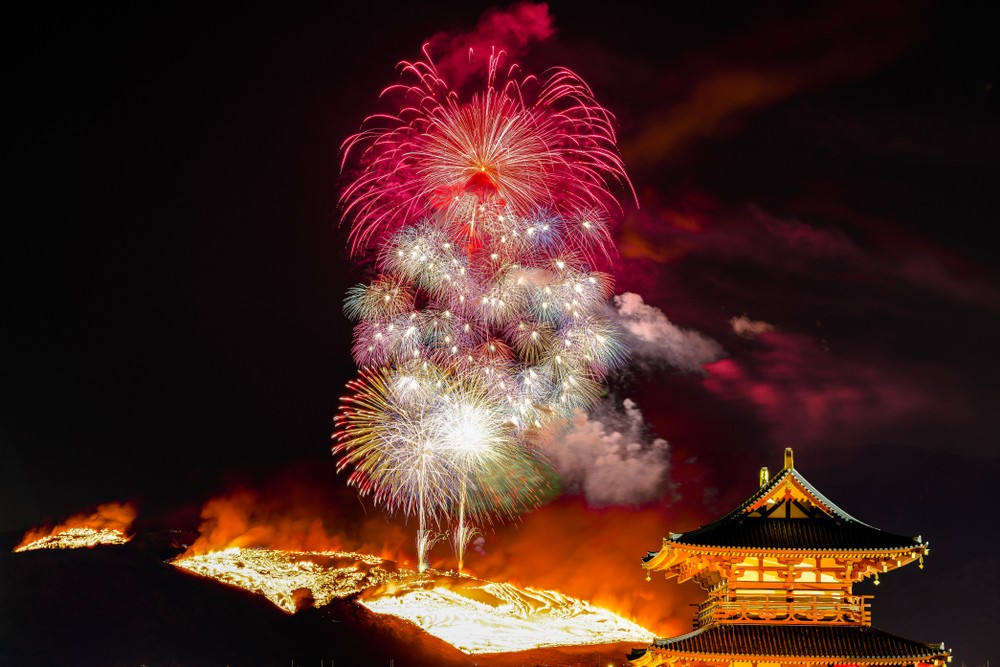
Yamayaki, the traditional practice of burning grasslands or forests, serves various purposes such as preventing forest overgrowth, maintaining grazing lands, and pest control. One of the most famous examples is the Wakakusa Yamayaki in Nara, held every January. This spectacular event sees the entire mountain set ablaze, lighting up the night sky in a dynamic display. Originally, the event was intended to appease the spirits of ancestors.
Illuminations

Winter brings dazzling light displays across Japan, with cities and towns lighting up for the Christmas season. The crisp, clear winter air enhances the beauty of these illuminations, which often follow a themed color scheme. Popular locations like Shinjuku Southern Terrace in Tokyo are well-known for their stunning displays.
Christmas Markets
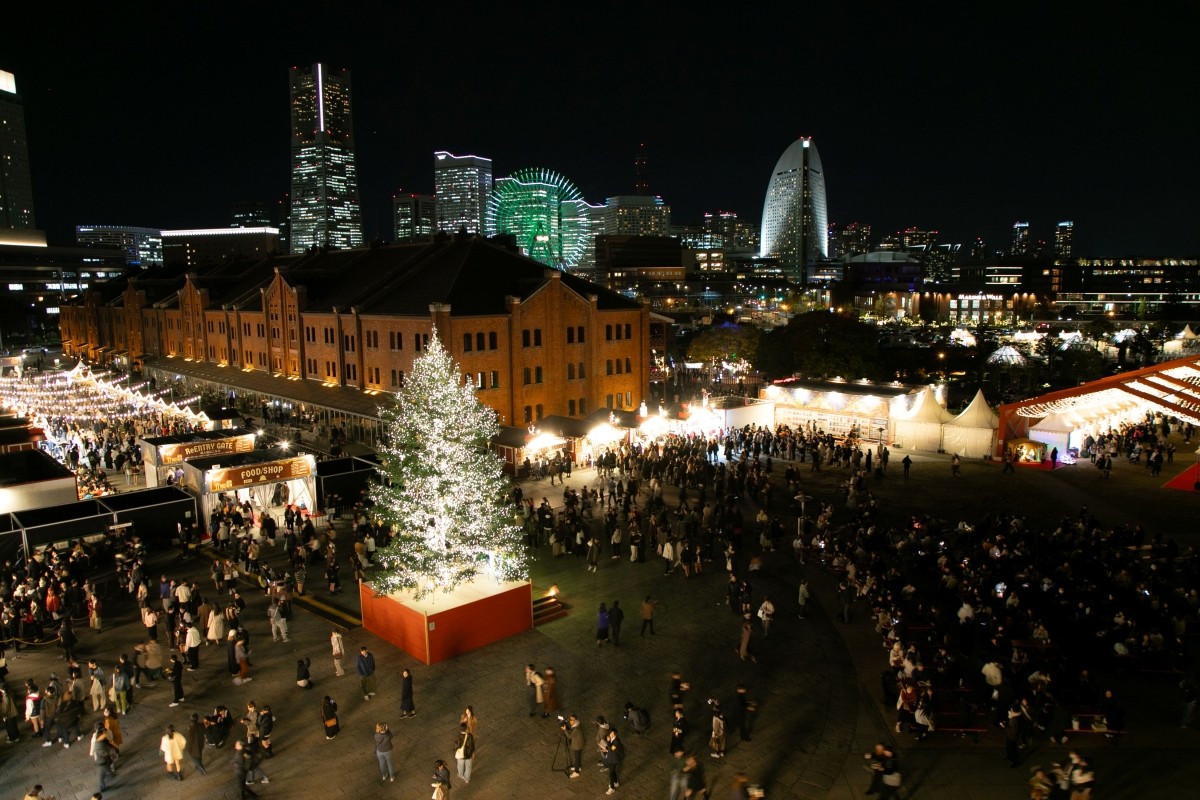
Christmas markets have become increasingly popular in Japan, with notable markets held in places like Roppongi Hills in Tokyo, Yokohama Red Brick Warehouse, Tennoji Park in Osaka, and Laguna Ten Bosch in Aichi. These markets are inspired by European traditions and feature festive decorations, food, and handcrafted items.
Hakone Ekiden
The Hakone Ekiden is a long-distance relay race held every New Year’s holiday, captivating viewers across Japan. University teams compete in this race, running from Tokyo to Hakone and back, passing the baton (tasuki) between teammates over long distances. The determination and endurance of the student athletes make for a compelling spectacle.
Japan’s Winter Symbols: Seasonal Traditions and Scenery
Kotatsu
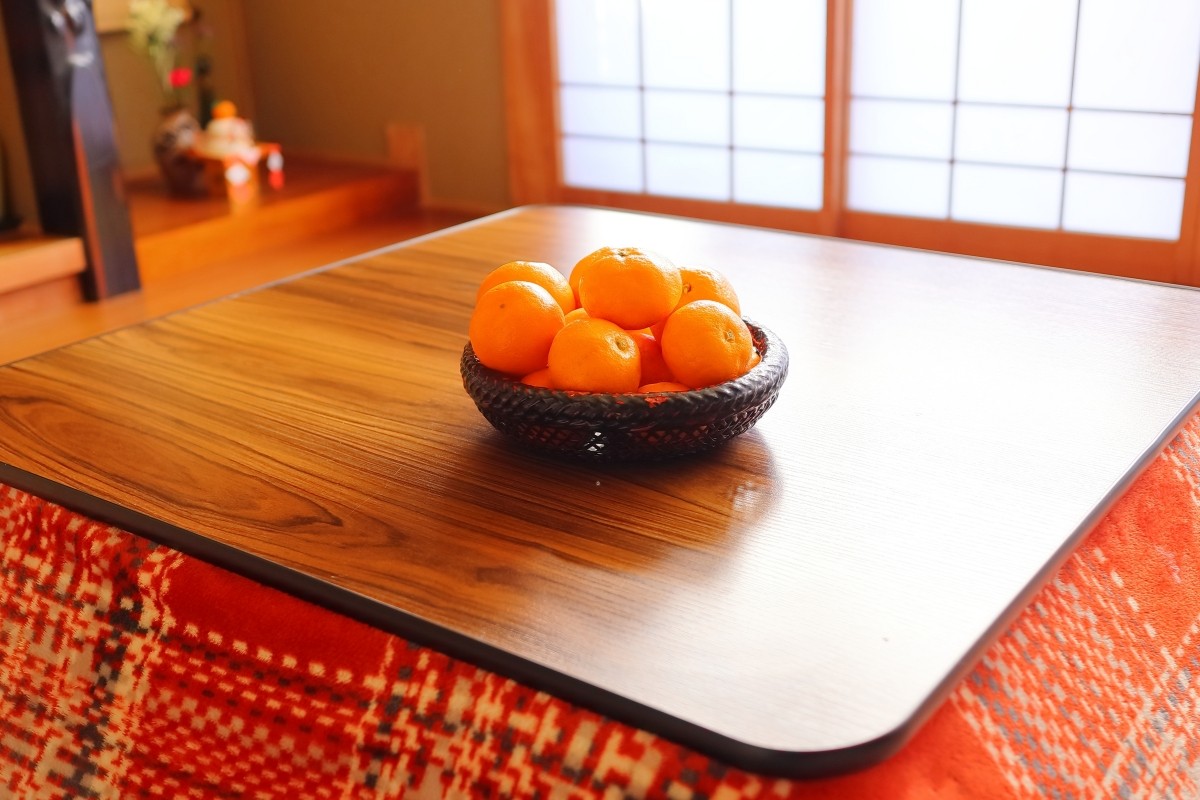
The kotatsu is a unique Japanese heating apparatus, consisting of a table with a heater underneath and a blanket draped over it. People sit with their legs inside the kotatsu to stay warm. A typical winter scene includes sitting under the kotatsu while eating mandarins—a true winter tradition in Japan.
Mochitsuki (Rice Cake Pounding)
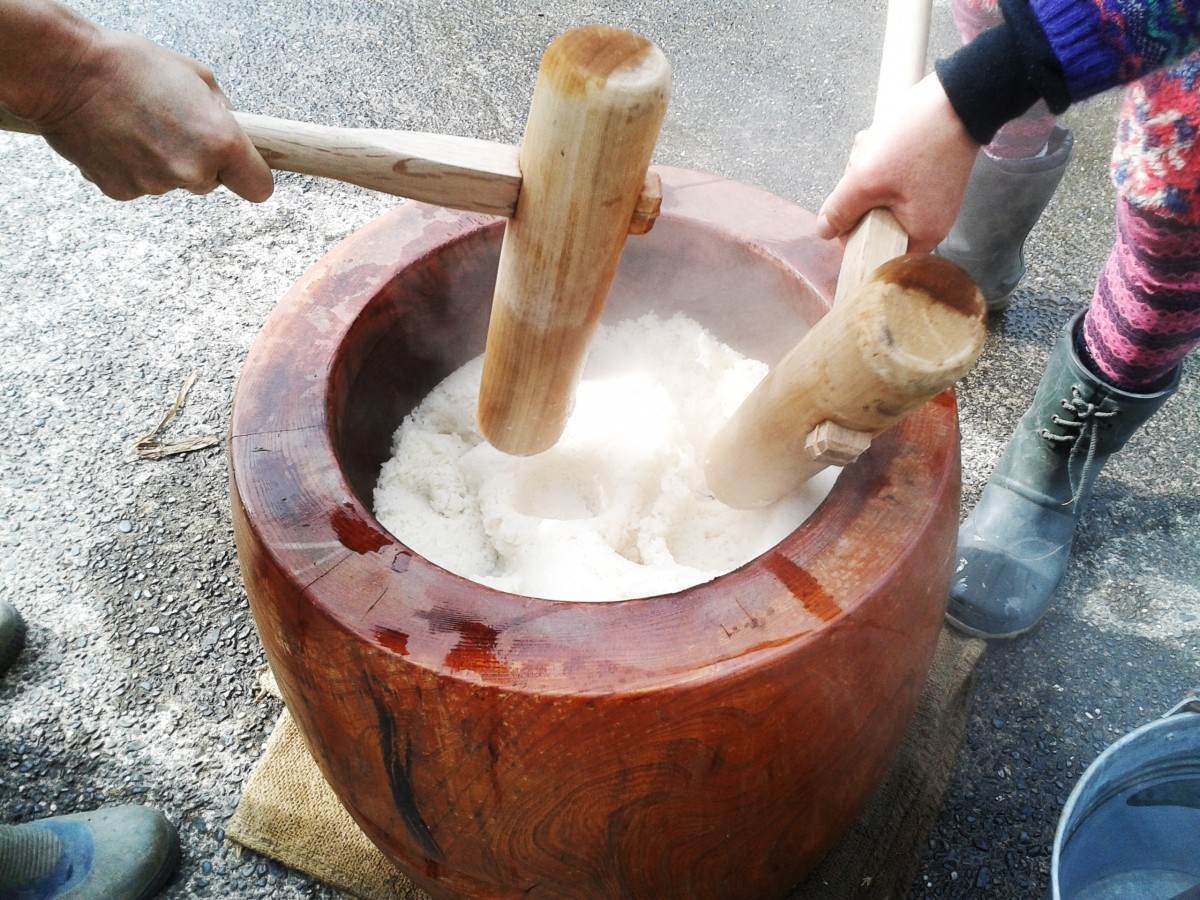
Mochitsuki, or rice cake pounding, is a traditional activity where steamed rice is pounded with a wooden mallet to create mochi. This activity is often seen around the New Year, with communities coming together to partake in this ancient tradition.
Oseibo (Year-End Gifts)
Oseibo are gifts given at the end of the year to express gratitude to those who have helped or supported you over the past year. It is the counterpart to Ochugen, which is the mid-year gifting season. The timing of oseibo can vary slightly depending on the region.
Oosoji(Year-End Cleaning)
Oosoji is the Japanese tradition of deep cleaning the house at the end of the year, ensuring that all areas—including hard-to-reach spots—are thoroughly cleaned. This custom is rooted in the Heian-period tradition of susuharai, or soot sweeping, which was originally a court ritual.
Bonenkai & Shinnenkai
Bonenkai (year-end parties) are held to reflect on and celebrate the year that’s passed, while shinnenkai (New Year parties) mark the beginning of a fresh year. These gatherings often involve good food, drinks, and laughter among colleagues, friends, or family.
Hatsumode
Hatsumode is the first shrine or temple visit of the new year, where people offer prayers of gratitude for the past year and hopes for the coming one. Many also draw omikuji (fortune slips) to predict their luck for the year and purchase new omamori (charms) for protection.
Otoshidama (New Year’s Gift Money)
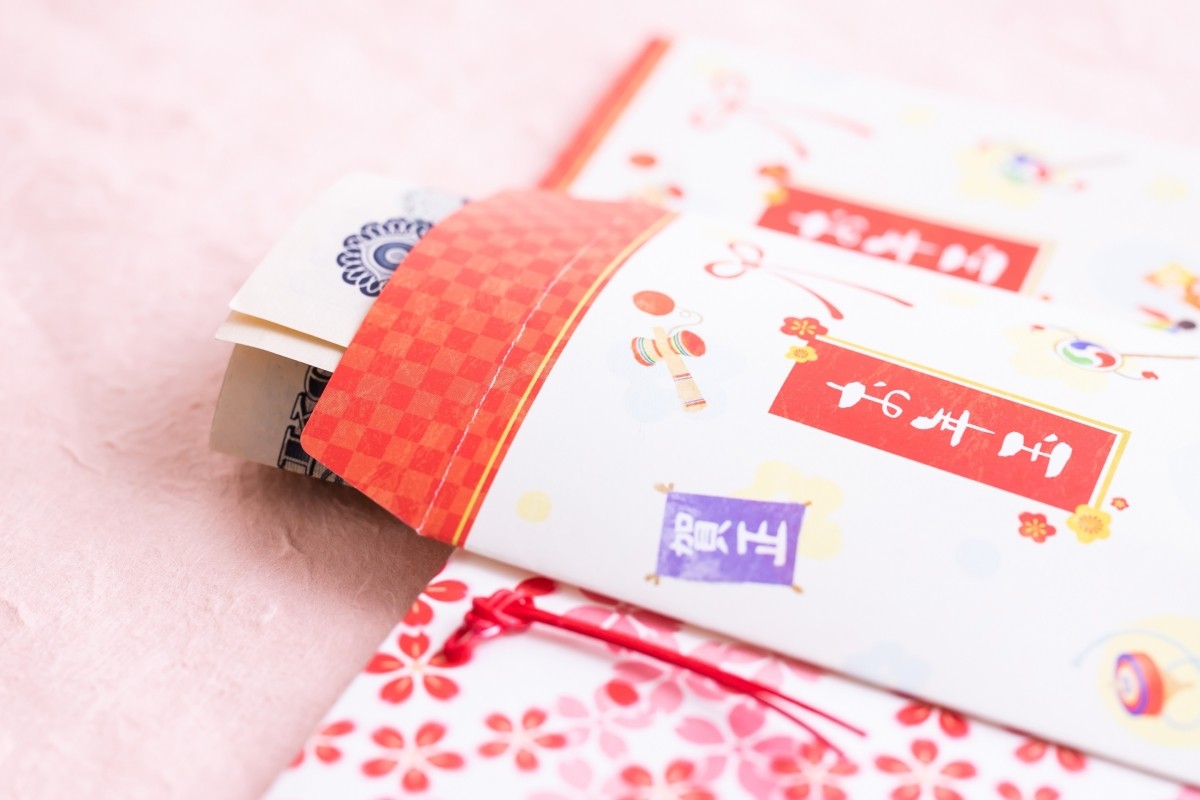
"New Year's ball" is originally an item given to celebrate the New Year on New Year's Day. Nowadays, it is customary to send money in a small bag to children, and it refers to money itself.
Nengajo (New Year’s Cards)
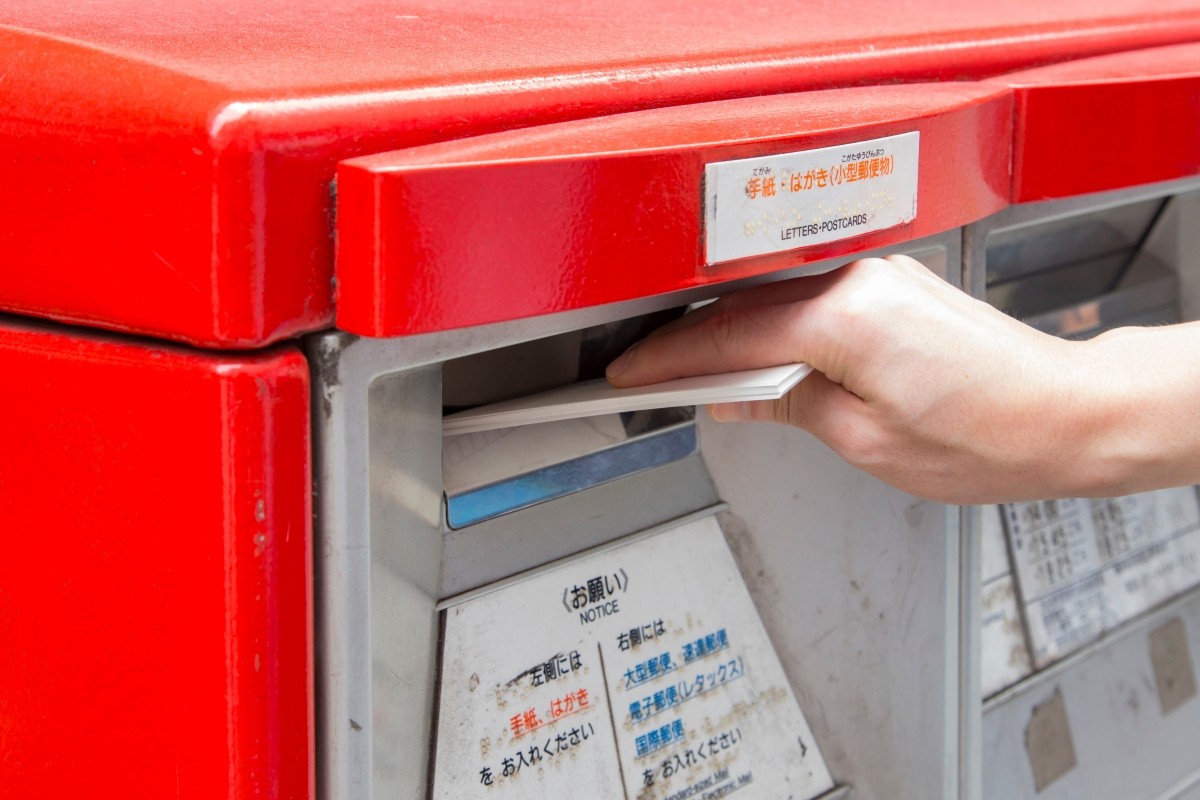
Nengajo are greeting cards sent to celebrate the New Year in Japan. They serve as a way to convey New Year’s blessings and express gratitude to those with whom you may not be able to exchange in-person greetings. While this tradition remains strong, the number of people sending nengajo is gradually declining due to the increasing popularity of exchanging greetings via social media.
New Year’s Games

Traditional games that are played during the New Year include hanetsuki and fukuwarai. Hanetsuki is similar to badminton, where participants use paddles to hit a shuttlecock, and if one misses, their face gets marked with ink. Fukuwarai is a game where blindfolded players place cutouts of facial features on a blank face, often with amusing results. These games, along with others, are considered symbols of good fortune.
Fukubukuro (Lucky Bags)
Fukubukuro are lucky bags filled with a variety of items and sold at a fixed price, usually at the beginning of the year. The contents are hidden, so customers don’t know exactly what they are purchasing. These bags are highly sought after, with shoppers often lining up at major department stores to get their hands on them.
Smelt Fishing

The wakasagi is a fish found in cold waters and is especially known for ice fishing during the winter. In northern Japan, where lakes freeze over, people drill holes in the ice to fish for wakasagi. It’s a unique experience, particularly popular in areas like Abashiri, Hokkaido.
Japan’s Winter Symbols: Holidays and Observances
Winter Solstice
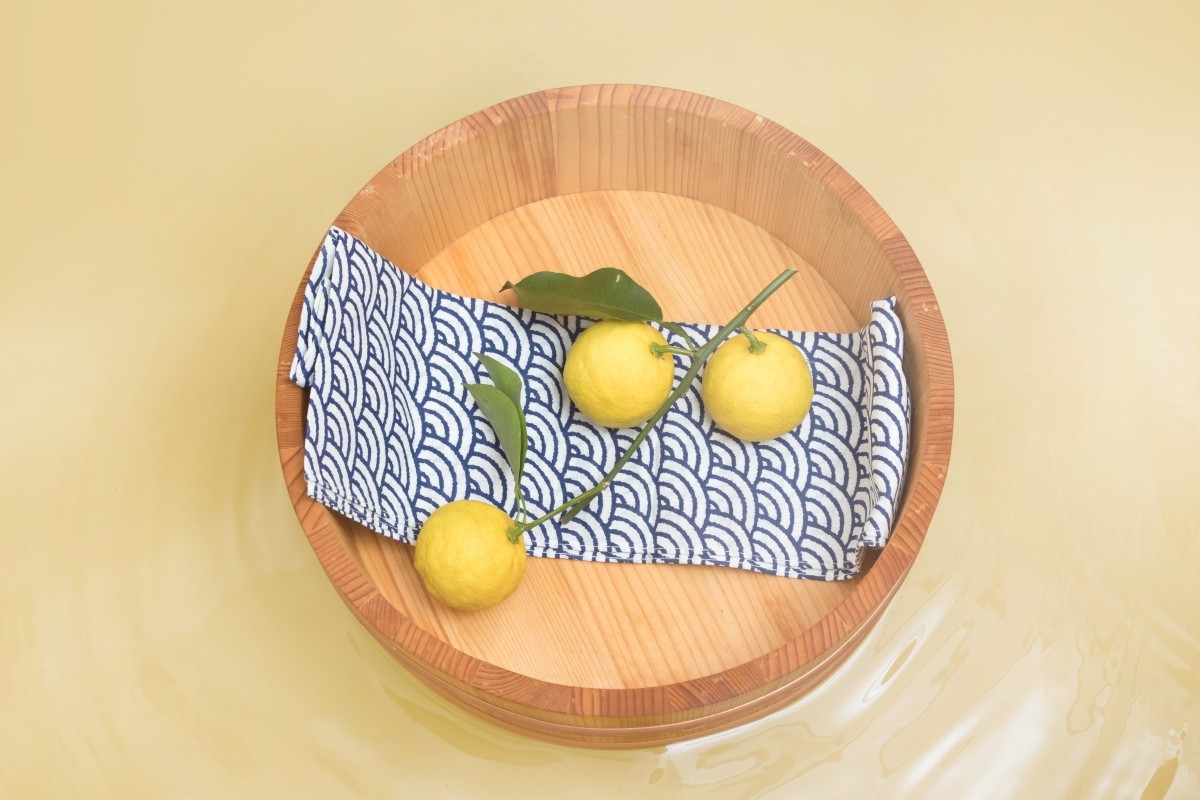
The winter solstice, the shortest day of the year, is marked by various customs in Japan. One such tradition is eating foods that contain the sound "n," like kabocha (pumpkin, also known as nankin), which is believed to bring good fortune. Another tradition is taking a bath in hot water with yuzu citrus, known as yuzuyu, which is said to help ward off colds and ensure good health through the winter.
Christmas
Christmas in Japan is a widely celebrated event, though it carries little religious significance. Instead, it’s a time for eating fried chicken, enjoying Christmas cakes, and spending time with friends or romantic partners rather than with family. The holiday is viewed more as a festive and commercial occasion than a religious one.
New Year’s Eve (Omisoka)
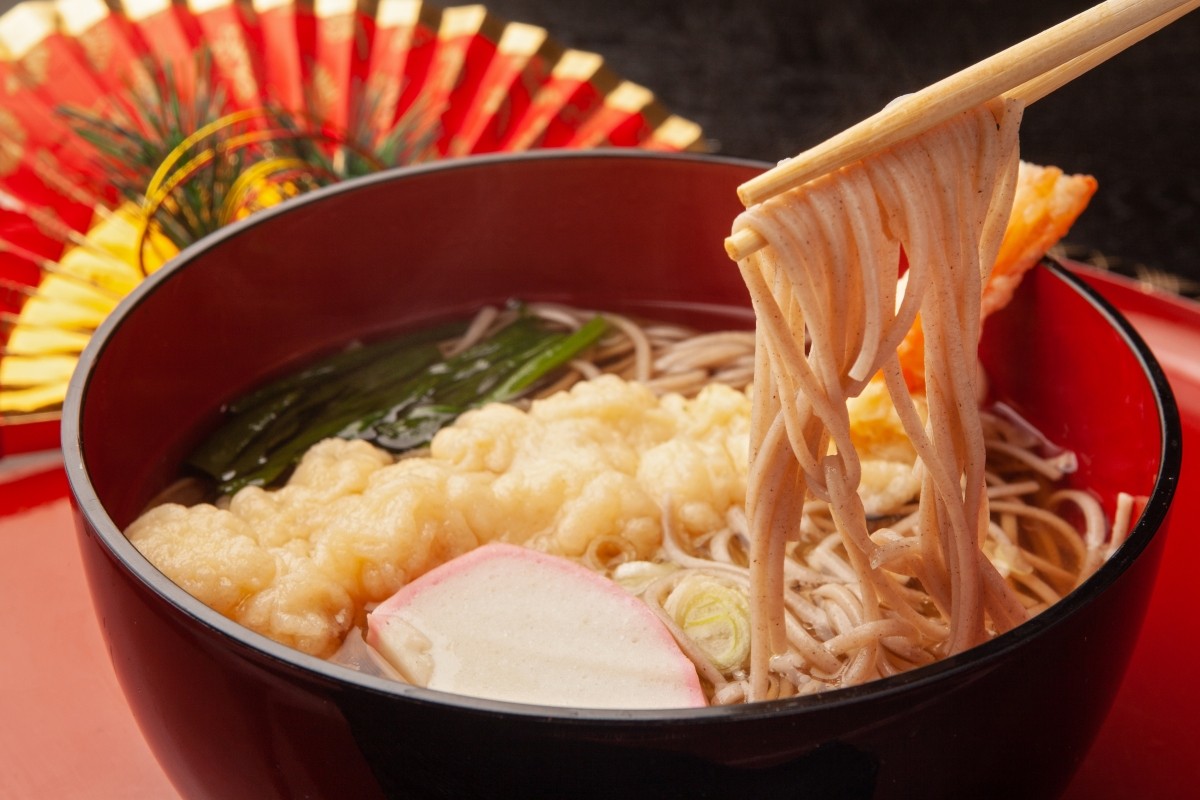
On December 31st, a significant tradition in Japan is the ringing of the joya no kane, or the temple bell, which is struck 108 times at midnight. This number represents the 108 earthly desires in Buddhism. Many people eat toshikoshi soba, or New Year’s Eve soba, while listening to the bell, wishing for a long and healthy life like the noodles.
New Year’s Day and the First Three Days (Gantan and Sangani)
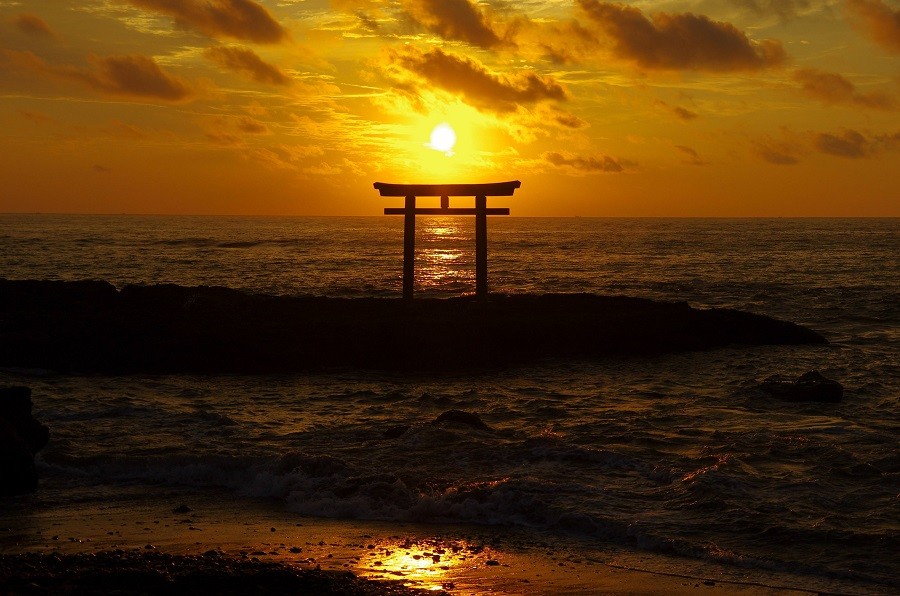
Gantan refers to the morning of January 1st, derived from the character "旦," which symbolizes the rising sun. However, it often refers to the entire day. The period from January 1st to 3rd is known as sangani, a time to celebrate the New Year. Many people enjoy watching the first sunrise of the year, with popular spots like Oarai Isosaki Shrine in Ibaraki, where the sun rises between the floating torii gates.
Kagamimochi Breaking (Kagami Biraki)
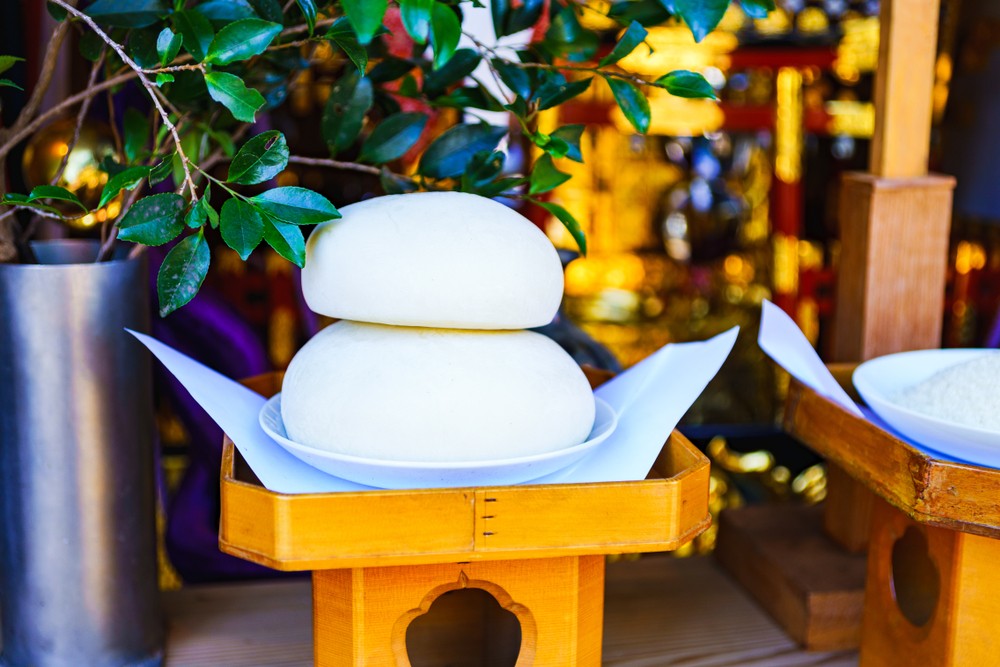
During the New Year, it is customary to offer mochi (rice cakes) to the gods. Kagami biraki is the practice of breaking down these offerings for consumption. It is considered bad luck to use a knife, which can symbolize a form of self-harm, so a wooden mallet is used to break the mochi into bite-sized pieces. Eating this mochi is thought to bring health and good fortune.
Coming of Age Day (Seijin Shiki)
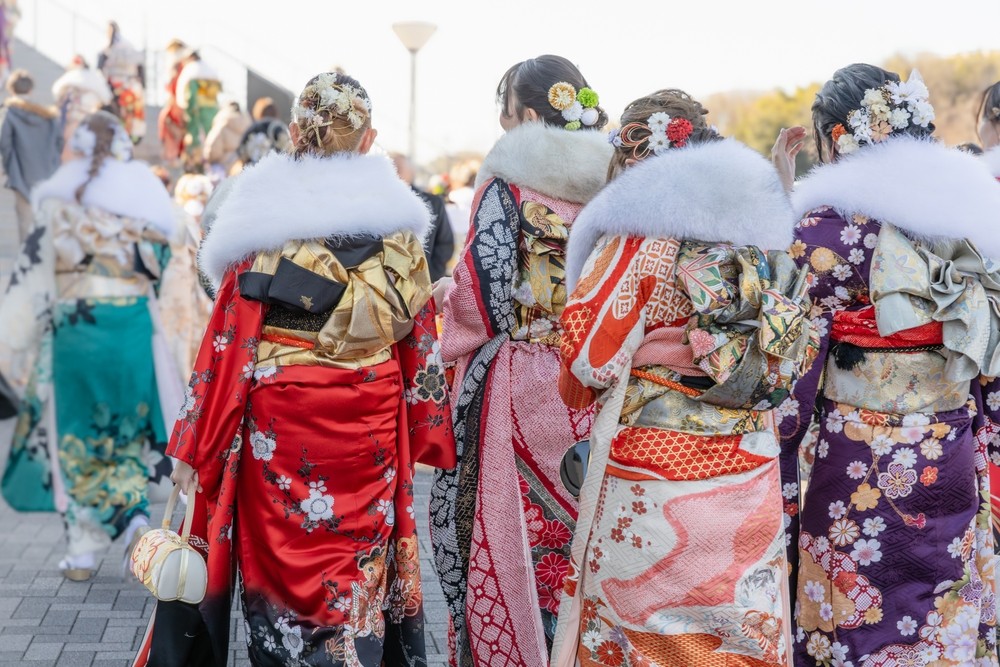
This ceremony celebrates young people reaching adulthood and is held on the second Monday of January each year. The legal age of adulthood in Japan was previously 20 years, but it was lowered to 18 in April 2022. Many municipalities now refer to the event as "20th Birthday Gatherings."
Setsubun
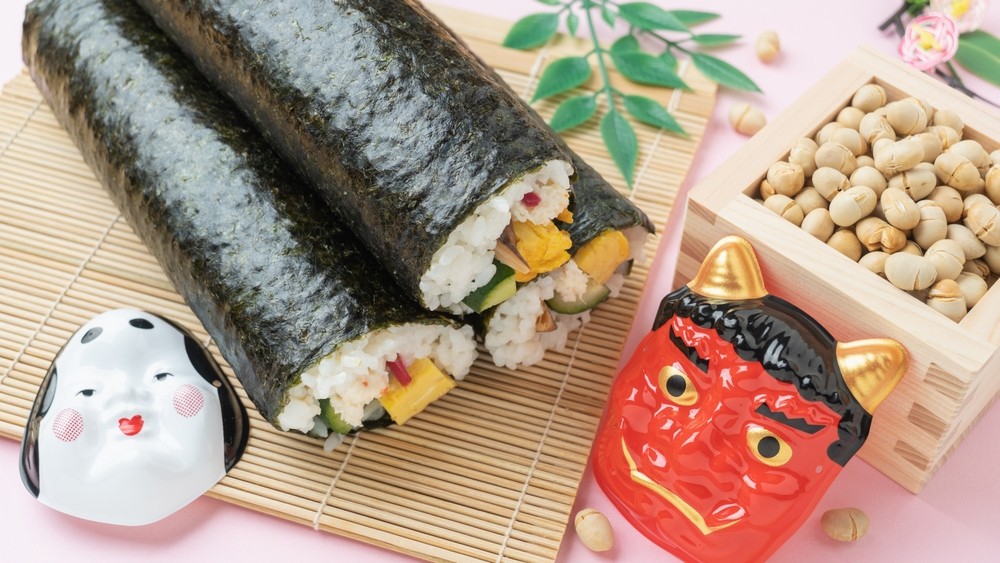
Setsubun is a day to cast out demons to wish for health throughout the year. Historically, it was believed that diseases and disasters were caused by demons. On this day, people chant "Oni wa soto, fuku wa uchi" (Demons out, good fortune in) while throwing beans to drive away evil spirits. This festival is celebrated around February 4th, the day before the beginning of spring according to the lunar calendar. Eating Ehomaki, a rolled sushi, is also a common practice during Setsubun.
Risshun (Beginning of Spring)
The day after Setsubun, Risshun marks the start of spring according to the lunar calendar. In ancient times, this was also seen as the beginning of the year, which is why expressions like "shinshun" and "geishun" (new spring) are used during the New Year.
National Foundation Day (Kenkoku Kinenbi)
Celebrated on February 11th, this holiday commemorates the founding of Japan. It is believed to be the date when the first emperor, Emperor Jimmu, ascended to the throne.
Valentine’s Day
In Japan, Valentine’s Day is a day for women to give chocolates to men as a confession of love. This tradition was popularized by confectionery companies. Chocolates given to male acquaintances or colleagues are known as "giri-choco" (obligation chocolate), while chocolates exchanged between friends, known as "tomo-choco," have also become popular, reflecting a diversification of the holiday's customs.
The Emperor's Birthday
The Emperor’s Birthday is celebrated on February 23rd, the birthday of the current Emperor Naruhito, and is a national holiday.
Japan’s Winter Symbols: Foods and Gourmet Delights
Crab
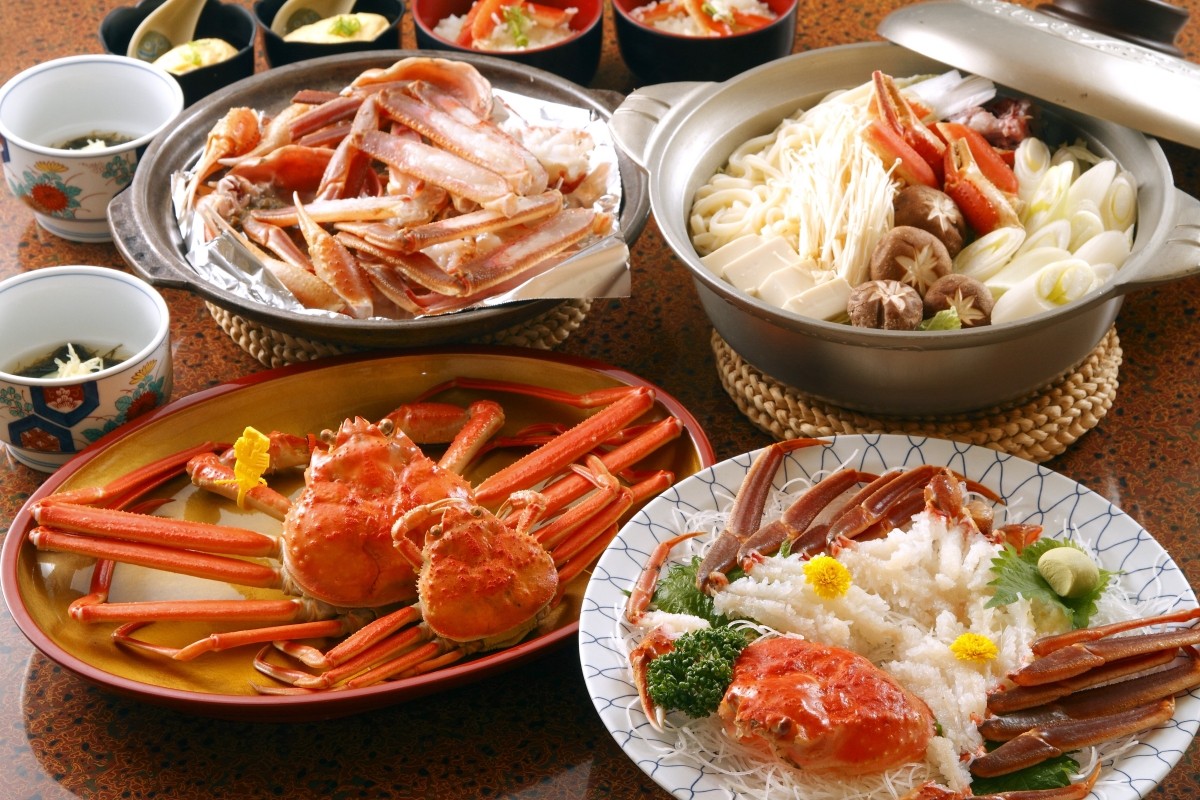
In Japan, winter is the peak season for crabs, and they are a beloved delicacy. The four main types of crabs are zuwai-gani (snow crab), taraba-gani (king crab), ke-gani (hairy crab), and hanasaki-gani (flower crab), all known as premium seafood. Echizen-gani from Fukui is particularly popular. Crabs are often boiled or grilled, and the sweet, rich kani-miso (crab innards) is enjoyed raw.
Osechi Ryori
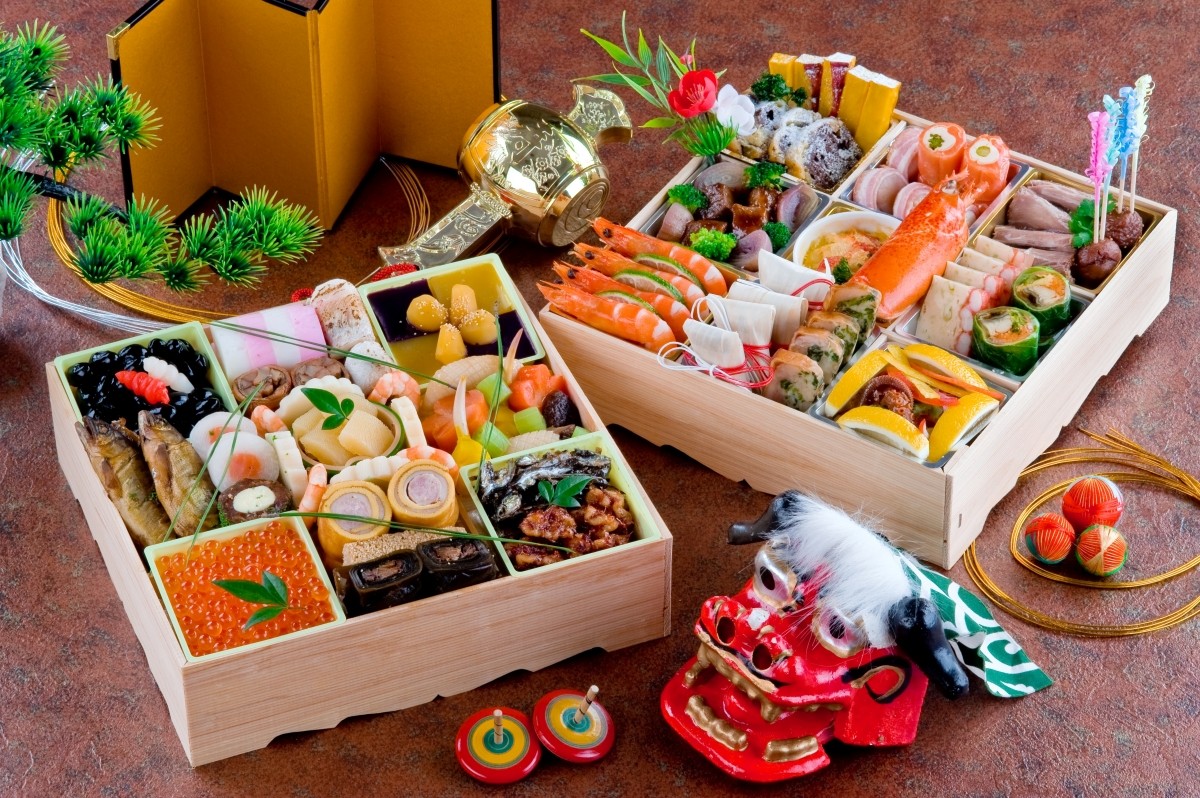
Osechi is a traditional Japanese New Year dish, designed to be delicious even when cold, making it suitable for preservation. It includes various foods like kazunoko (herring roe), kebakobako (red and white fish cake), datemaki (sweet rolled omelet), and kurikinton (sweet chestnut mash). Each ingredient symbolizes different wishes, such as prosperity, protection from evil, and wealth.
Nanakusa Gayu (Seven Herb Rice Porridge)
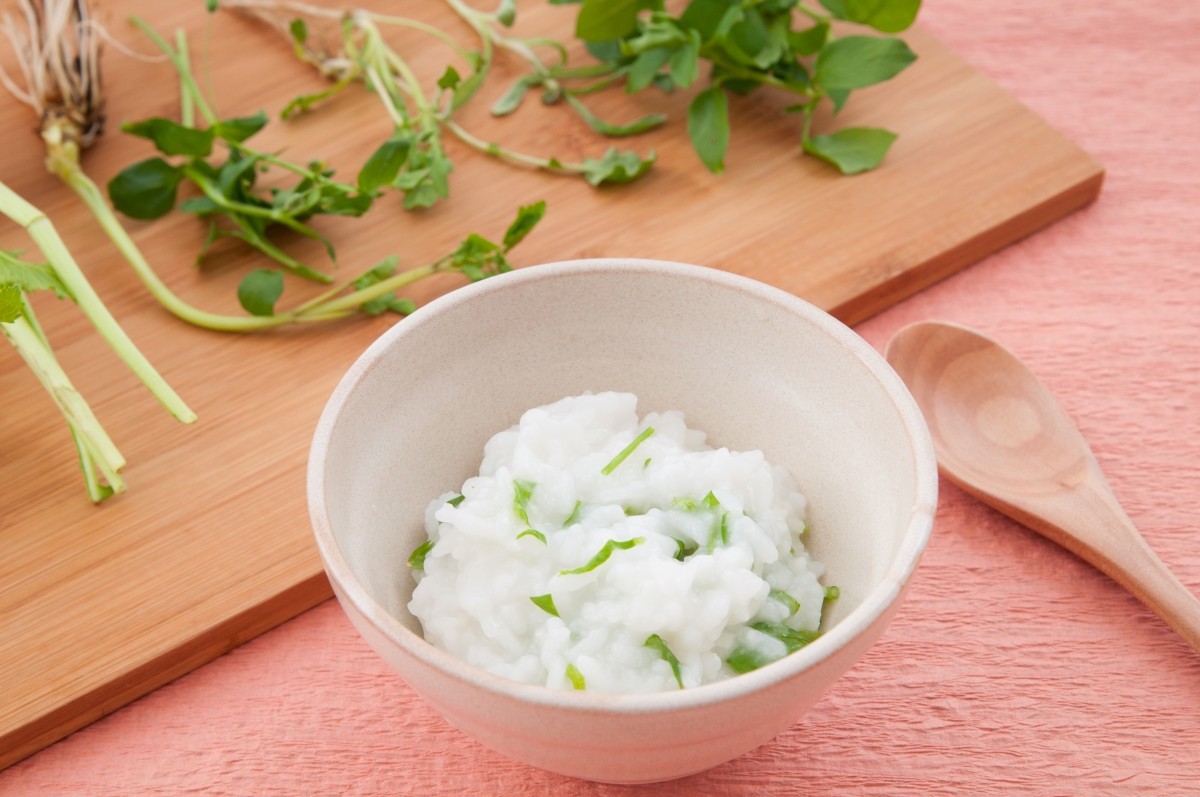
January 7th is Nanakusa no Hi (Seven Herb Day), when it is customary to eat nanakusa gayu, a rice porridge made with seven types of wild herbs: seri, nazuna, gogyo, hakobe, hotokenoza, suzuna, and suzushiro. This gentle dish helps to soothe the stomach after the rich flavors of osechi.
Mochi
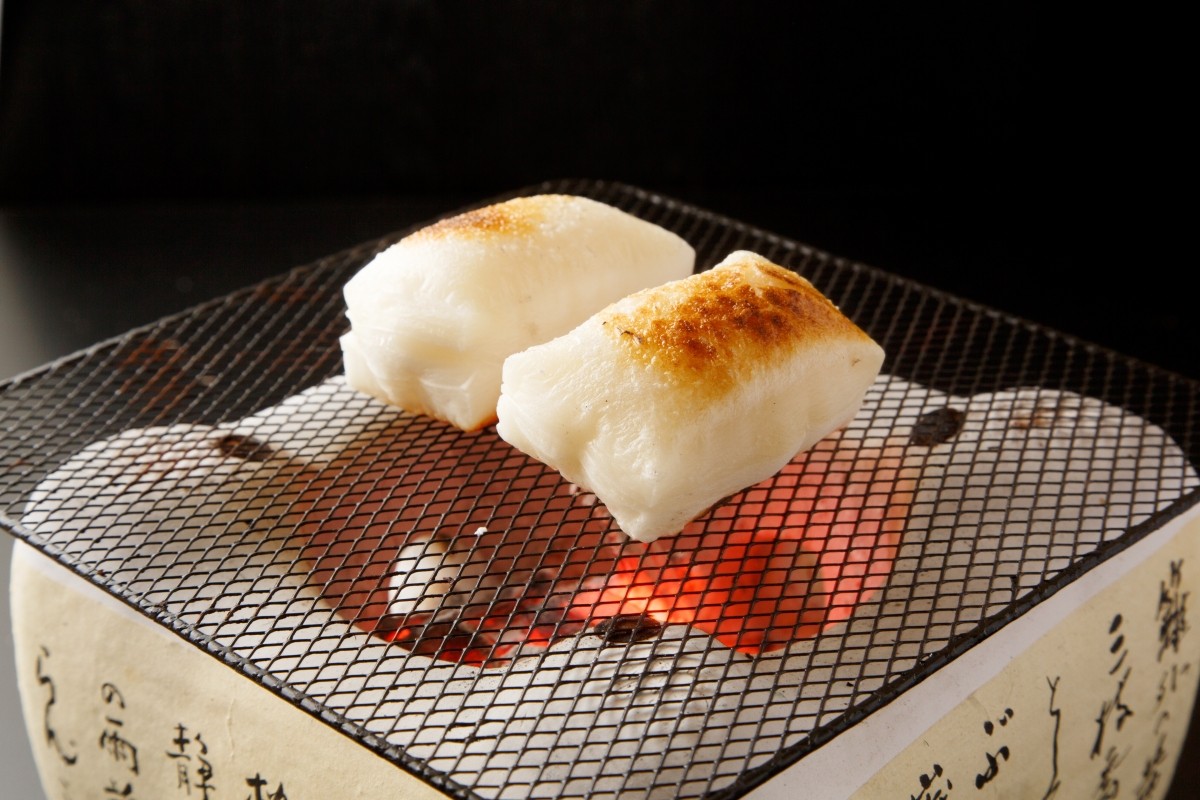
Mochi (rice cakes) has been cherished as a special food for celebrations in Japan. During New Year’s, it is commonly enjoyed in various dishes, such as grilled mochi and zoni (soup with mochi). The ingredients and preparation of zoni vary by region, leading to different shapes and styles of mochi used.
Zenzai and Oshiruko
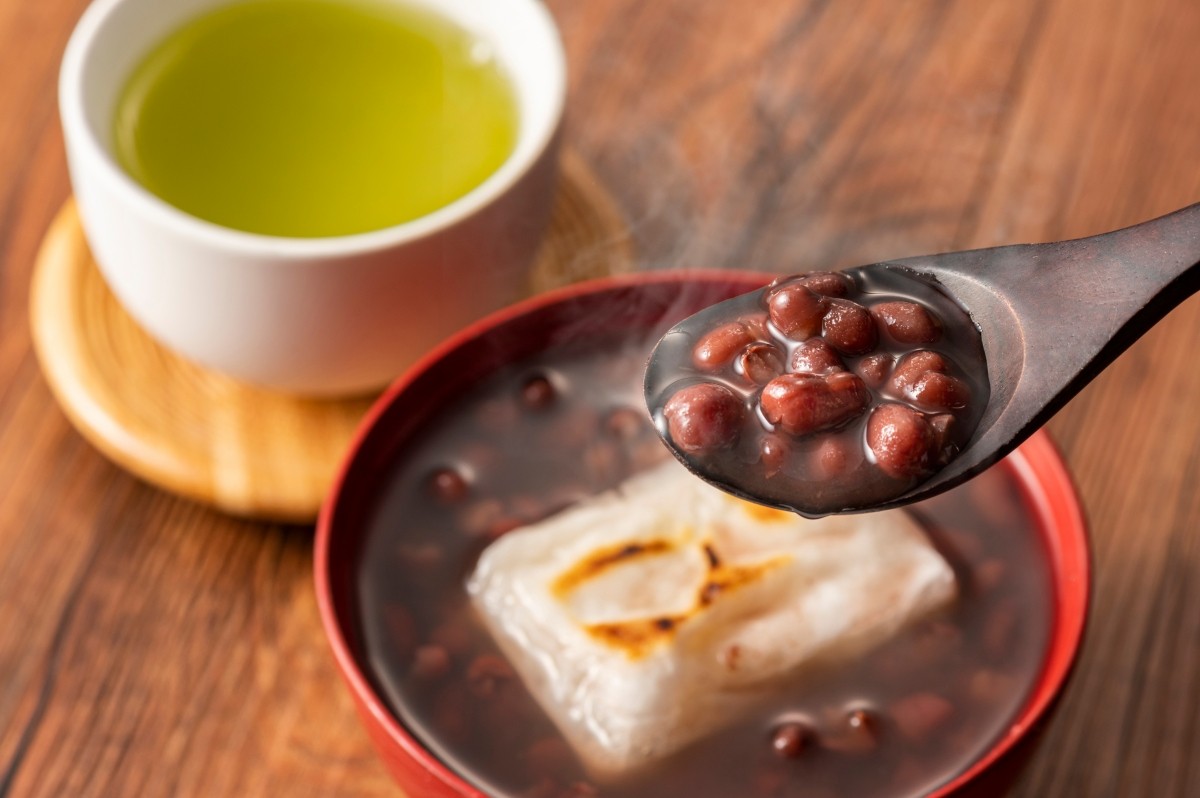
These are sweet dishes made from azuki beans cooked with sugar, often combined with mochi or shiruko dumplings. They are classic winter desserts. In Kanto, the watery version is called oshiruko, while in Kansai, the thicker bean paste is referred to as zenzai.
Nabe (Hot Pot)
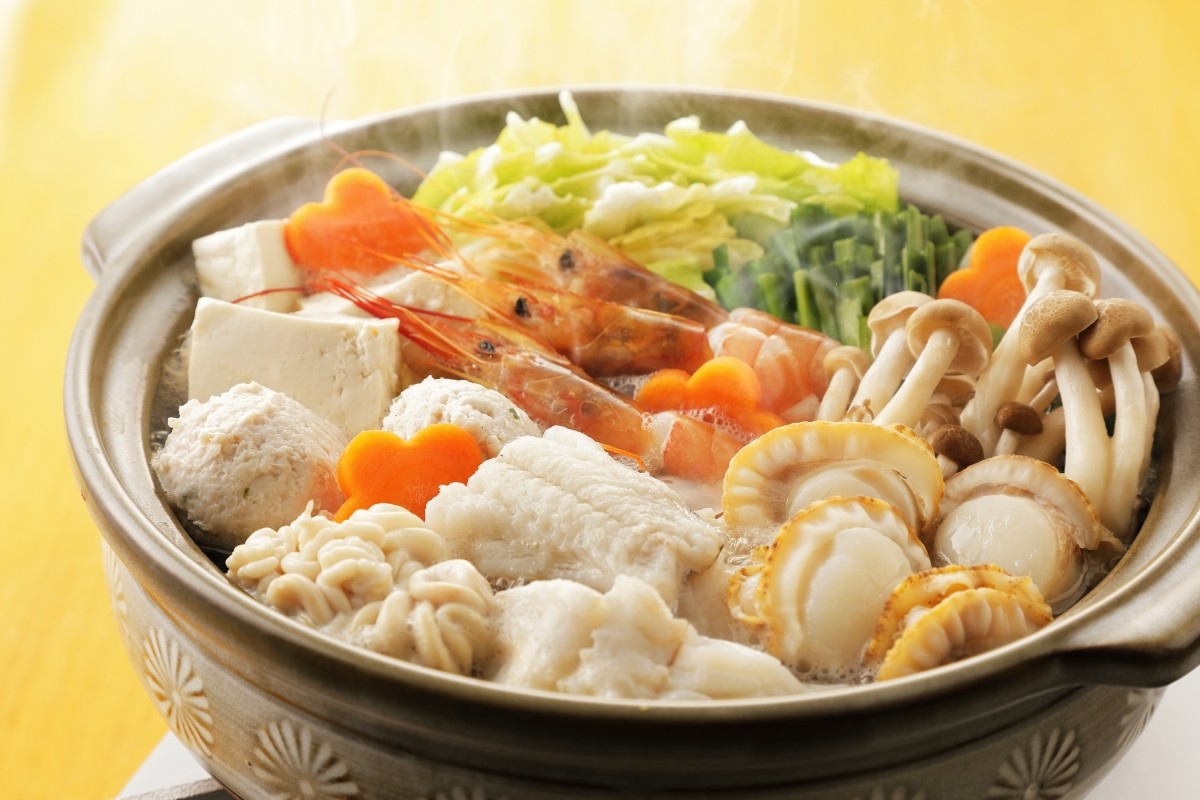
Nabe is a communal dish where ingredients such as vegetables, seafood, meat, and tofu are simmered together in a pot. It's a winter favorite that warms the body. Popular styles include shabu-shabu, sukiyaki, yosenabe, and chanko-nabe. Recently, individual hot pots for solo dining have also become popular.
Oden (Japanese Hot Pot)
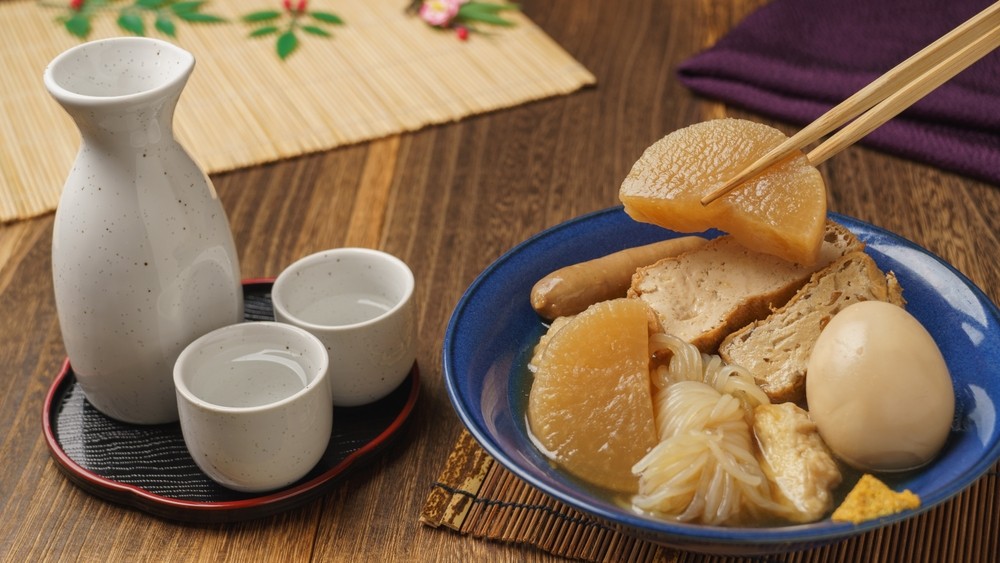
Oden is a comforting hot pot dish that features a variety of ingredients such as grilled tofu, satsuma-age (fried fish cake), tsumire (fish balls), konnyaku (konjac), daikon radish, and boiled eggs, all simmered in a flavorful broth. The soup is made from a base of kelp (kombu) and bonito flakes (katsuobushi), slowly simmered to create a rich and savory flavor that warms you up during the chilly winter months.
Nikuman and Anman (Steamed Buns)
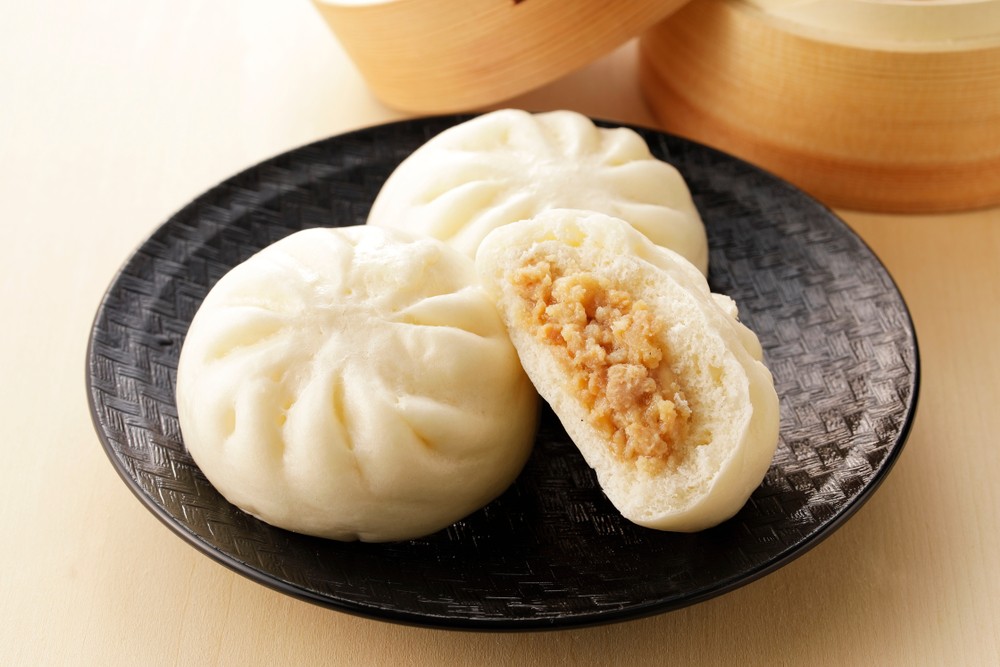
These are soft steamed buns made by kneading flour, water, and salt into a dough that is allowed to ferment before being filled and steamed. When filled with meat, they are called nikuman, and when filled with sweet red bean paste, they are known as anman. These buns are commonly found in the hot display cases near convenience store registers, especially popular in winter as a warm snack.
Japan’s Winter Symbols: Fruits
Mikan (Mandarin Orange)
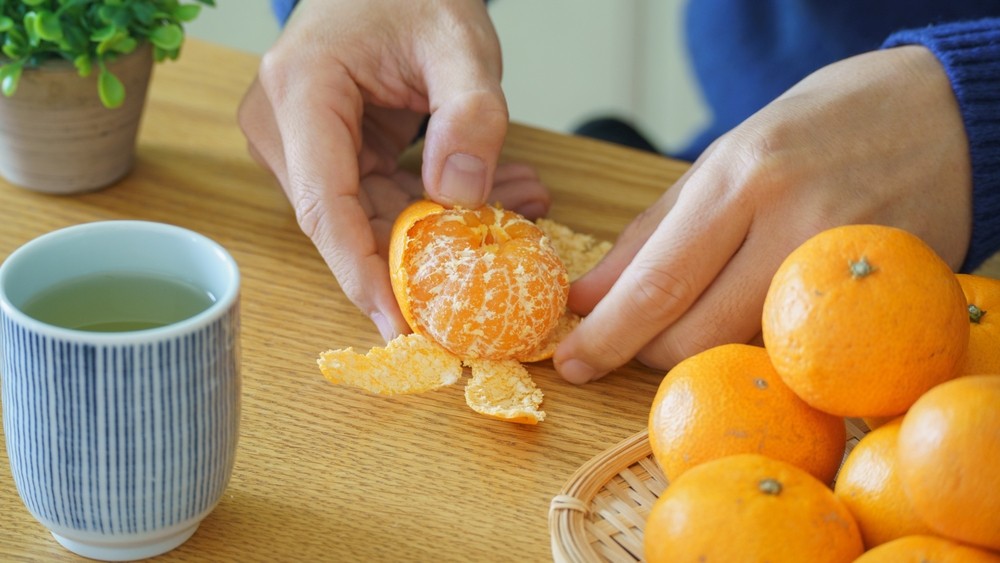
Mikan is the quintessential winter fruit in Japan. Although the term refers to small citrus fruits in general, it usually means Unshu mikan. It's a must-have when relaxing under a kotatsu in winter. The peel comes off easily, and the sweet, easy-to-eat segments make it irresistible.
Strawberries
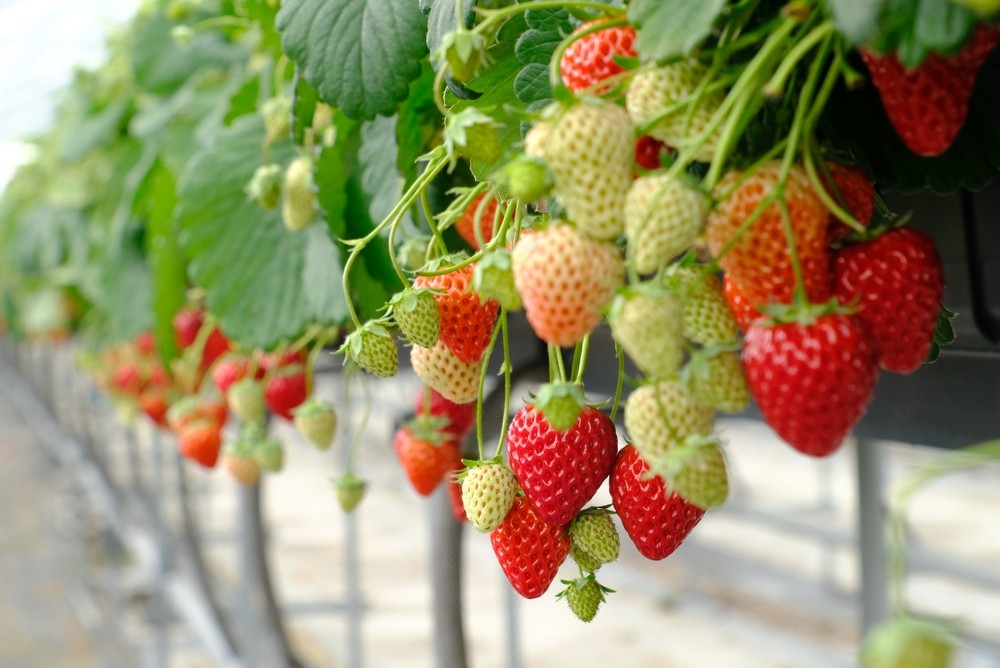
Strawberries are beloved for their cute appearance and convenience, as they can be eaten as they are. Japan consumes more fresh strawberries than any other country, and with around 300 varieties, more than half of the world’s strawberry varieties come from Japan.
Apples
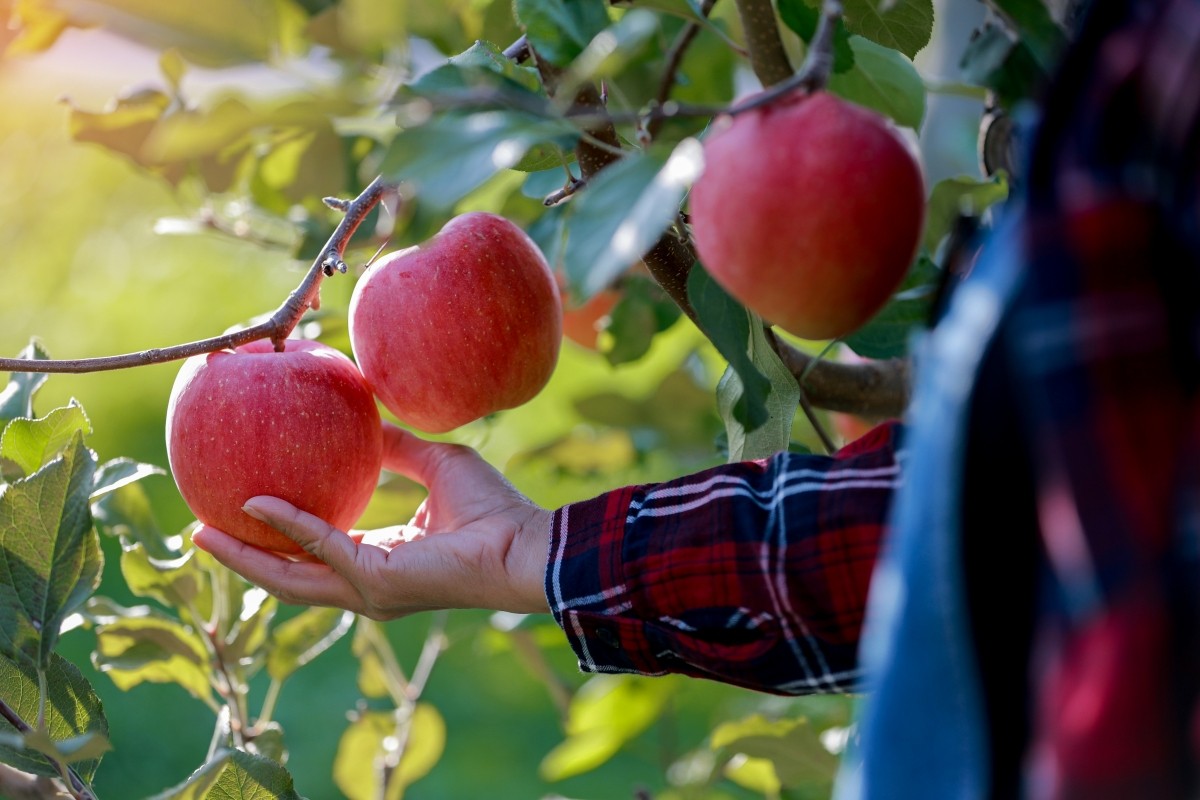
Apple cultivation in Japan began in the Meiji period, and it is mainly grown in cooler regions like Hokkaido, the Tohoku area, and Nagano. The most widely produced variety in Japan is the Fuji apple, which originated in Japan and became the most popular apple globally in 2001. Today, it's grown all around the world.
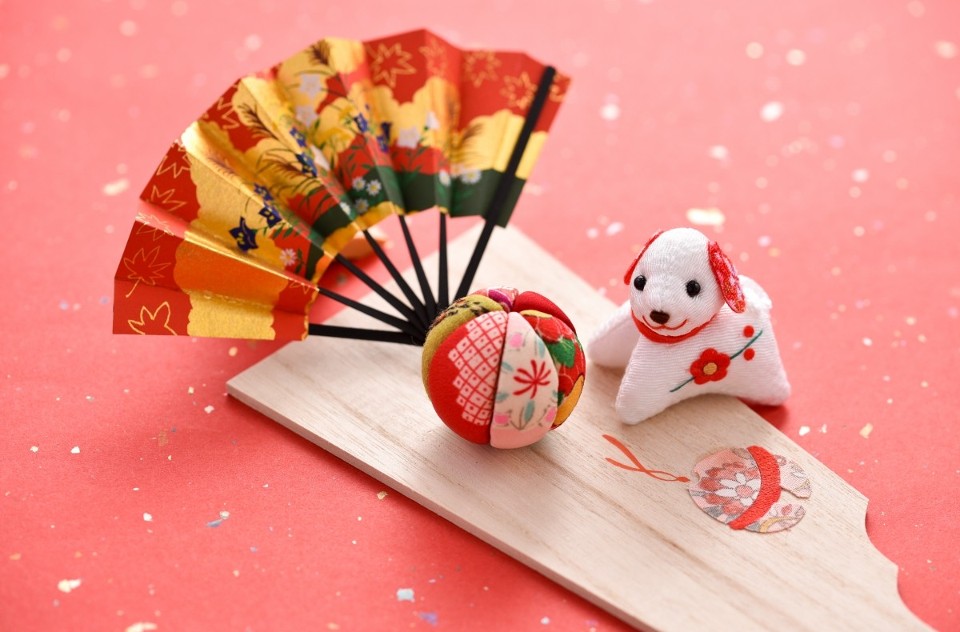
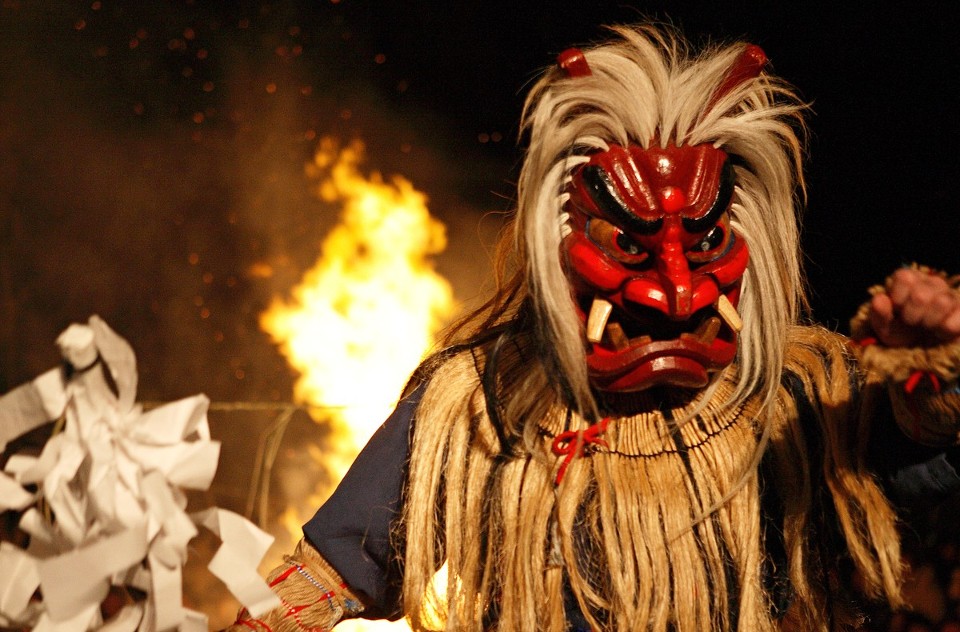
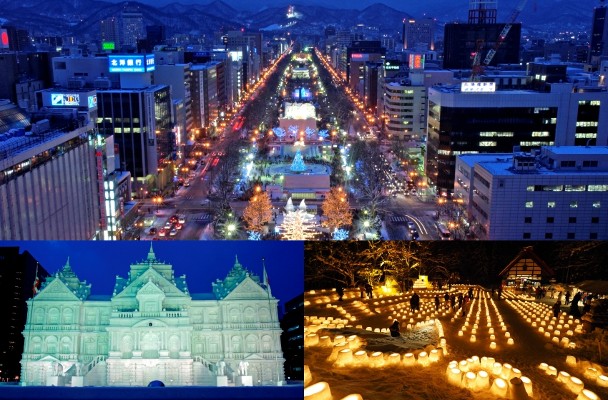
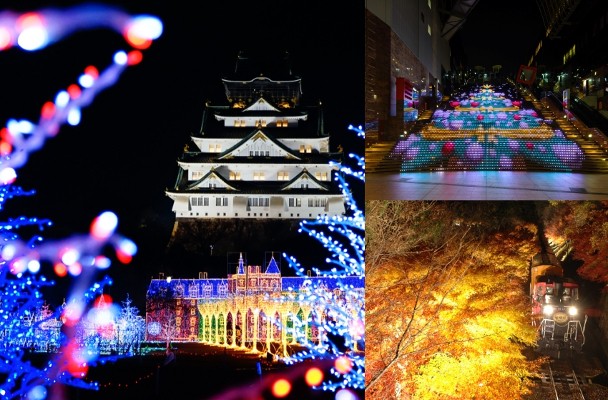
Comments